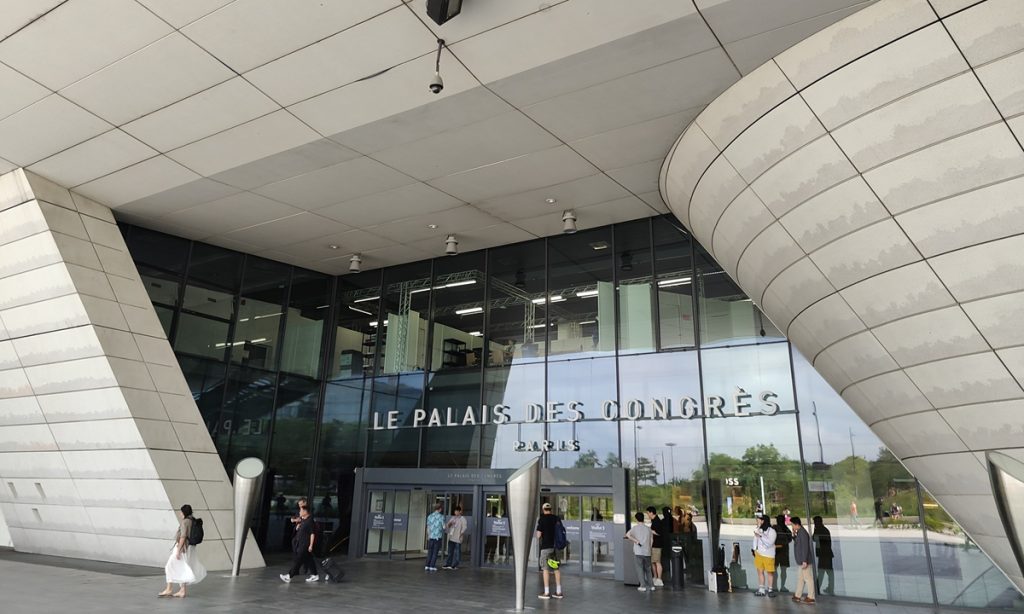CPC leadership reviews measures on western region’s development, to ramp up growth engines in tech, opening-up

The Political Bureau of the Communist Party of China (CPC) Central Committee held a meeting on Friday to review policies and measures to open up a new vista in the large-scale development of the western region. Xi Jinping, general secretary of the CPC Central Committee, chaired the meeting.
Efforts should be made to "deepen reform comprehensively and blaze a path of Chinese modernization that suits the realities of the region," the meeting said, while identifying work priorities in a number of fields, including promoting the transformation and upgrading of traditional industries, advancing green and low-carbon development as well as enhancing the openness of the economy.
The list shed light on the blueprint of the next stage of the western region's development, which is to ramp up the engines of technology, opening-up and new quality productive forces - among other areas, analysts said, noting that those fields are quite different from the emphasis on basic infrastructure construction when the regional strategy was kickstarted two decades ago.
The western region's catch-up effect is also conducive to expanding domestic demand and facilitating balanced development, paving the way for the economy to maintain stable and progressive growth this year, observers noted.
Tian Yun, a veteran economist based in Beijing, told the Global Times on Friday that the meeting sent an important signal that the new round of western region's development would be "quite different" from 20 years ago, as the gap between the region and its eastern peers has been shrinking, and the western region has built up a number of advantageous industries, some of which are even at the country's forefront.
In the past two decades, the southwestern region has developed into an industry base for new-energy vehicle manufacturing. And certain cities in the northwestern region also have become key transit hubs for China-Europe freight trains and played a vital role in the country's westward opening-up.
"Standing on those remarkable developments, it is the right time to further upgrade existing industries, expand opening-up and channel new vigor to the regional economy," Tian said.
The meeting also urged the western region to strengthen the guarantee capacity of energy and resources. It also noted that measures will be taken to advance the new urbanization in accordance with local conditions, consolidate the poverty alleviation achievements, and make sure that there will be no relapsing into poverty on a large scale in rural areas.
Amid China's stepped-up efforts to comprehensively deepen reforms and open up, fostering a new pattern in the western region carries great significance for the country's overall growth both in the short and long term, observers said.
According to Tian, western development could further release the potential of internal demand, offering a catalyst to stabilizing economic growth in the second half in the face of multiple downward pressures.








